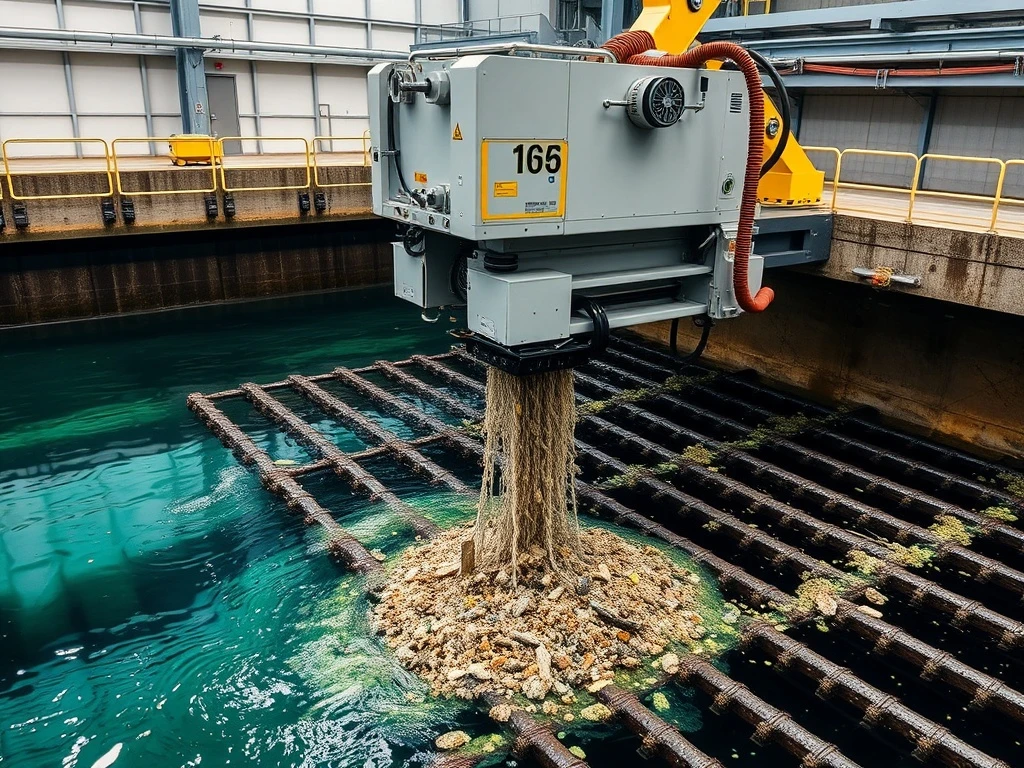Water management facilities face increasing challenges with debris accumulation, but innovative hydraulic trash rack cleaning machines with scanning technology are transforming operational efficiency. These advanced systems ensure uninterrupted water flow while reducing maintenance costs and environmental impact.
Understanding Hydraulic Trash Rack Cleaning Machines
Modern hydraulic trash rack cleaning machines serve as critical infrastructure protection systems. They prevent debris from obstructing water intake points at:
- Hydropower plants
- Irrigation channels
- Wastewater treatment facilities
These machines maintain clear water flow paths effectively.
How Scanning Technology Enhances Operation
Advanced scanning systems revolutionize hydraulic trash rack cleaning machines through precision targeting. The technology employs:
- 3D mapping capabilities
- Real-time debris identification
- Automated navigation systems
This approach minimizes energy consumption significantly.
Key Operational Benefits
Hydraulic trash rack cleaning machines deliver substantial advantages. Operators report:
- 70% faster cleaning cycles
- 45% reduction in maintenance costs
- Improved safety through remote operation
These benefits translate to higher ROI.
Environmental Impact Considerations
Modern hydraulic trash rack cleaning machines support ecological sustainability. They help facilities:
- Maintain aquatic ecosystem health
- Comply with water quality regulations
- Reduce overall environmental footprint
Proper debris management prevents pollution effectively.
Future Technological Developments
The evolution of hydraulic trash rack cleaning machines continues rapidly. Emerging trends include:
- IoT integration for real-time monitoring
- Enhanced automation capabilities
- Sustainable material implementation
These advancements promise greater efficiency.
Frequently Asked Questions
What types of debris can hydraulic trash rack cleaning machines handle?
These machines effectively remove organic materials like branches and leaves, inorganic waste including plastics and metals, and large objects such as logs and tires that could obstruct water flow.
How does scanning technology improve cleaning efficiency?
Scanning technology creates detailed 3D maps of trash racks, identifies exact debris locations, and enables targeted cleaning paths. This approach reduces unnecessary movements and optimizes operational time.
What maintenance do these machines require?
Regular inspections for wear and tear, proper debris disposal, and occasional component lubrication represent key maintenance requirements. Modern designs feature self-lubricating systems to minimize manual intervention.
Are these machines suitable for all water management facilities?
Yes, hydraulic trash rack cleaning machines adapt to various environments including hydropower plants, irrigation systems, and wastewater treatment facilities. Different models accommodate varying debris loads and rack configurations.
How do these machines contribute to environmental protection?
They prevent contaminants from entering water bodies, maintain healthy aquatic ecosystems, and help facilities comply with environmental regulations through efficient debris removal and proper waste management.
What factors should be considered when purchasing these machines?
Consider construction durability, automation capabilities, maintenance requirements, and operational costs. Evaluate corrosion-resistant materials, remote control features, and energy efficiency to ensure optimal performance.


